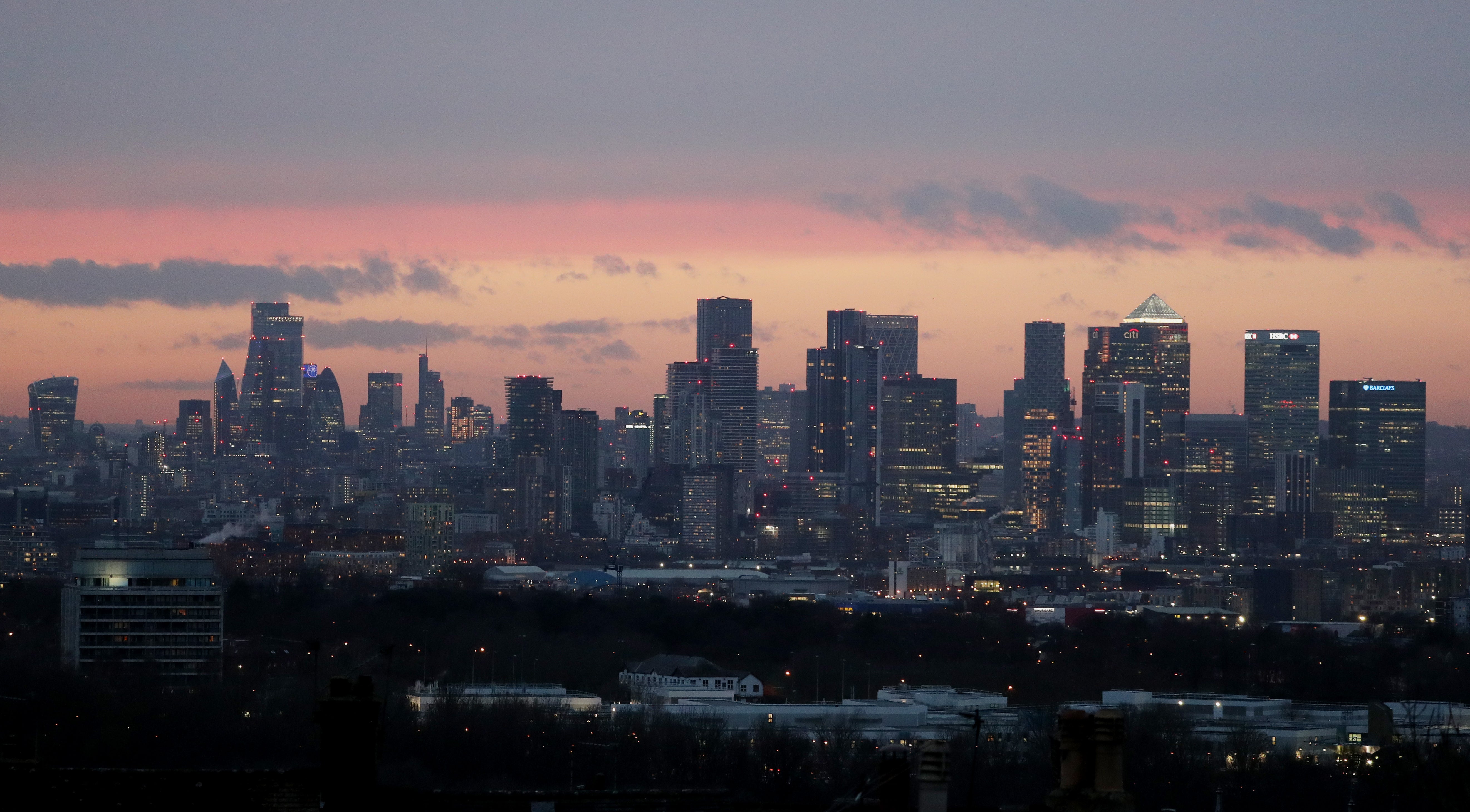More than one quarter of UK schools are in areas above global pollution limits, charity finds
‘These figures are unequivocally too high and harming children’s health,’ says WHO director of public health and environment

Your support helps us to tell the story
From reproductive rights to climate change to Big Tech, The Independent is on the ground when the story is developing. Whether it's investigating the financials of Elon Musk's pro-Trump PAC or producing our latest documentary, 'The A Word', which shines a light on the American women fighting for reproductive rights, we know how important it is to parse out the facts from the messaging.
At such a critical moment in US history, we need reporters on the ground. Your donation allows us to keep sending journalists to speak to both sides of the story.
The Independent is trusted by Americans across the entire political spectrum. And unlike many other quality news outlets, we choose not to lock Americans out of our reporting and analysis with paywalls. We believe quality journalism should be available to everyone, paid for by those who can afford it.
Your support makes all the difference.More than one quarter of UK schools are located in areas where air pollution is above World Health Organisation (WHO) guidelines, according to an environmental charity.
New data from Global Action Plan found 27 per cent were based in postcodes that exceeded the international health body’s limits for fine particulate matter (PM2.5).
PM2.5 pollution – tiny particles more than 100 times thinner than human hair – has been linked to cardiovascular and respiratory diseases, as well as cancer, according to WHO.
The UK’s legal limit for this pollutant is currently two and a half times higher than the WHO’s limit of 10ug/m3.
Global Action Plan found more than 7,800 out of 29,000 schools studied in the UK were based in areas where PM2.5 levels were above the WHO’s air pollution guidelines.
More than 2,100 of these – over a quarter – were in southeast England, including 292 in the Portsmouth postcode district.
Meanwhile, a quarter of the UK’s schools exceeding WHO air pollution limits were found in London, while 12 per cent were in east England.
Larissa Lockwood from Global Action Plan said it was “extremely alarming” to find 27 per cent of UK schools are above WHO air pollution limits.
“Air pollution is not a fact of life. If we all do our bit, it can be solved with collaborative action and education,” the charity’s director of clean air said.
Meanwhile, Dr Maria Neira from WHO said: “These figures are unequivocally too high and harming children’s health.”
The director of the WHO’s department of public health and environment department added: “Schools should be safe places of learning, not places where students are at risk of health hazards.”
Public Health England (PHE) has said air pollution is the biggest environmental threat to health in the UK, estimating around 28,000 and 36,000 deaths a year can be attributed to long-term exposure.

Ella Adoo-Kissi-Debrah – who died aged nine following a severe asthma attack in 2013 – became the first person in the UK to have air pollution listed as a cause of death at an inquest last December.
In a report released in April, the coroner from the inquest called for the UK to urgently adopt limits on PM2.5 that were in line with the recommendations set out by the WHO.
The government is due to respond to the coroner’s call by Thursday 17 June, which is Clean Air Day.
“It is very apt that Clean Air Day was the day chosen for this deadline,” said Jocelyn Cockburn, a lawyer representing the family of Ella Adoo-Kissi-Debrah.
“It’s time to see what the government will do in response to the overwhelming evidence it was faced with during Ella’s inquest in December – that the death of a nine-year-old girl was brought about by her exposure to very high levels of air pollution.
“The ongoing failure to address toxic levels of emissions and to bring them to within legal limits means that air pollution continues to blight the lives of children like Ella.”
A Department for Environment, Food and Rural Affairs spokesperson said: “Air pollution has reduced significantly since 2010. Emissions of fine particulate matter have fallen by 11 per cent while emissions of nitrogen oxides are at their lowest level since records began. However, we know there is more to do.“
They added: “We are continuing to deliver a £3.8bn plan to clean up transport and tackle NO2 pollution and are going further with new targets to protect communities from air pollution, particularly PM2.5 which is especially harmful to human health.”
Join our commenting forum
Join thought-provoking conversations, follow other Independent readers and see their replies
Comments